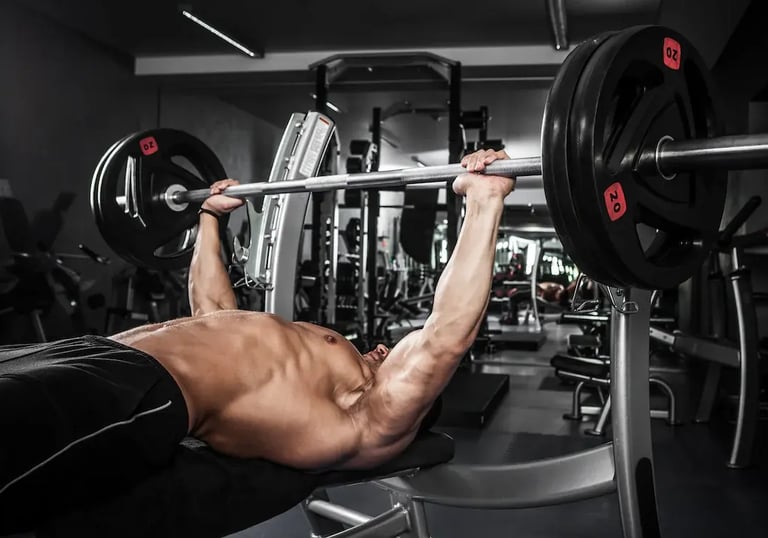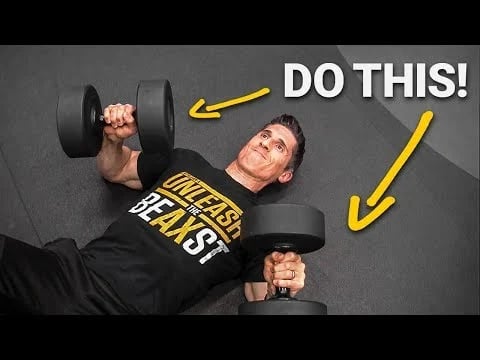The Bench Press and Its Variations: A Comprehensive Guide
GYM WORKOUT MODULES
9/23/20253 min read
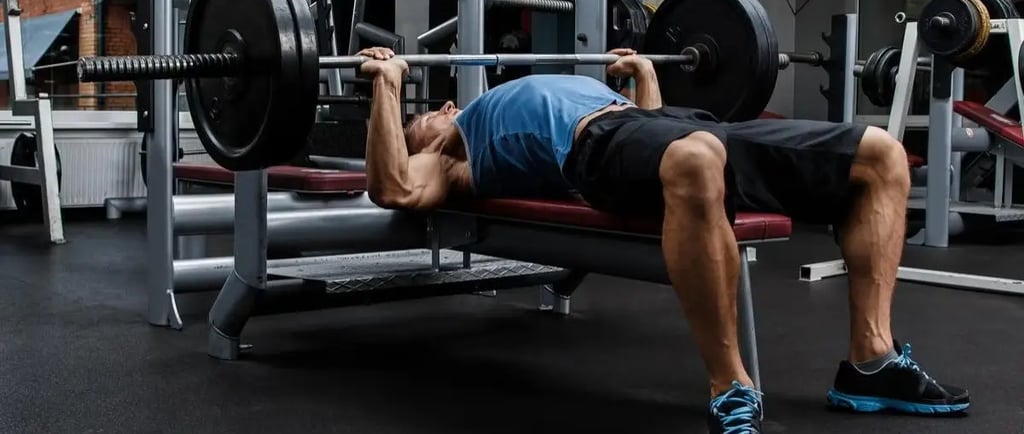

Introduction to the Bench Press
The bench press is a fundamental strength training exercise that targets the pectorals, deltoids, and triceps. It is widely recognized as one of the most effective upper body exercises and forms a core component of many weightlifting routines. Understanding the bench press and its various adaptations can significantly augment one's training regimen, promote balanced muscular development, and enhance overall strength.
Standard Bench Press Techniques
To perform a standard bench press, one begins by lying flat on a bench, with feet planted securely on the ground. A barbell is held over the chest with arms fully extended, and the lifter gradually lowers the barbell to the chest level before pushing it back to the starting position. This exercise primarily focuses on building pressing strength, and it can be tailored to fit individual strength levels and goals. Proper form is crucial; maintaining a straight back, controlled movement, and secure grip will help prevent injuries.
Variations of the Bench Press
Several variations of the bench press exist, each offering unique benefits and targeting different muscle groups. The incline bench press, for example, places greater emphasis on the upper pectorals and shoulders. By setting the bench at an incline of about 30 to 45 degrees, lifters can enhance the development of the upper chest area, which is often underdeveloped in traditional flat bench pressing.
Another variant, the decline bench press, shifts the focus toward the lower pectorals. By positioning the bench at a decline, lifters can engage their lower chest muscles more effectively. This variation is a valuable addition for those seeking to achieve a well-rounded pectoral muscle development.
Finally, the dumbbell bench press is an excellent alternative that allows for a greater range of motion and unilateral training. This variation helps in correcting strength imbalances between the arms and can improve stabilizer muscle activation. Lifters can also change their grip in this version, offering additional versatility.
Safety and Considerations
Safety is paramount while engaging in bench press exercises. It is advisable to utilize a spotter when lifting heavy weights, especially in the traditional bench press format. Moreover, gradually increasing weights ensures that the muscles are not overwhelmed, reducing the risk of injuries. Incorporating varied bench press techniques into a workout routine can prevent monotony and stimulate continuous growth.
In conclusion, the bench press and its variations are vital components of a successful weight training program. By mastering these techniques, individuals can experience significant gains in strength, improved muscle symmetry, and enhanced athletic performance. Remember, as with any exercise, consistency and proper technique are key to deriving the maximum benefits.
Variations Of Bench Press
The bench press is a fundamental strength exercise targeting chest, shoulders, and triceps. Performed lying on a bench, it builds upper body power, muscle mass, and improves pressing strength for overall fitness.
Incline Bench Press
Performed on an inclined bench, this variation shifts emphasis to the upper chest and shoulders, improving pressing strength and chest fullness while enhancing upper body aesthetics.
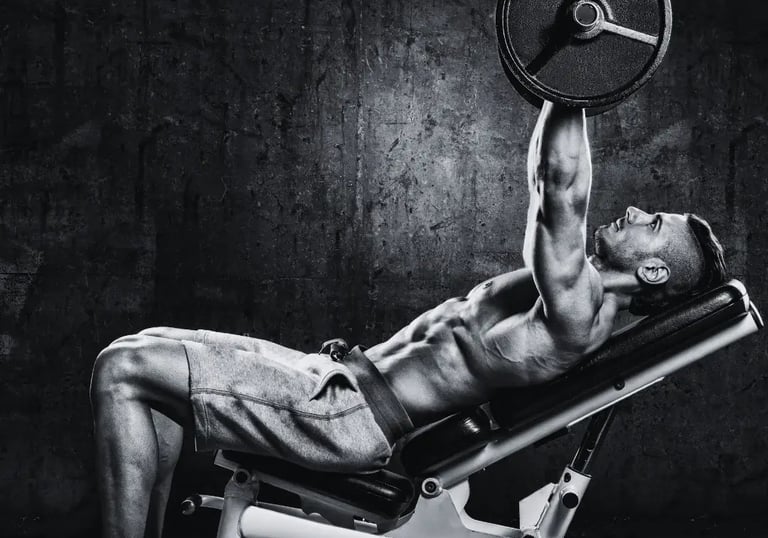

Decline Bench Press
Done on a decline bench, it targets the lower chest more effectively, reducing shoulder strain and building balanced chest development with a stronger pushing motion.
With hands placed closer together, this variation emphasizes triceps activation, while still engaging the chest and shoulders, making it excellent for arm strength and lockout power.
Close-Grip Bench Press
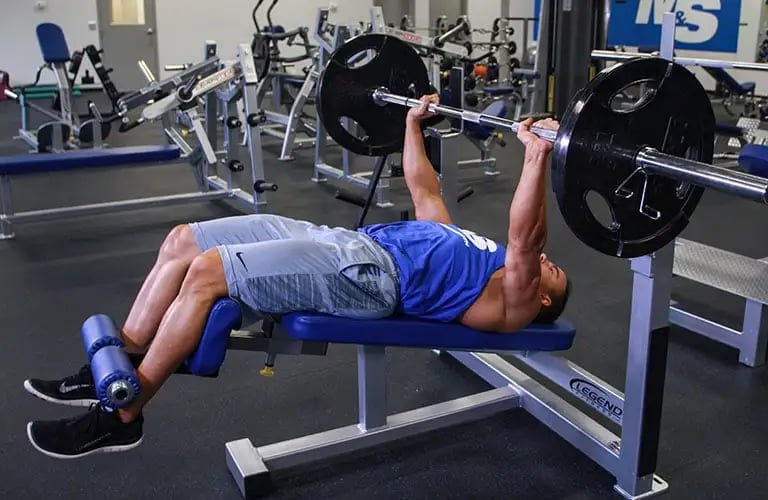

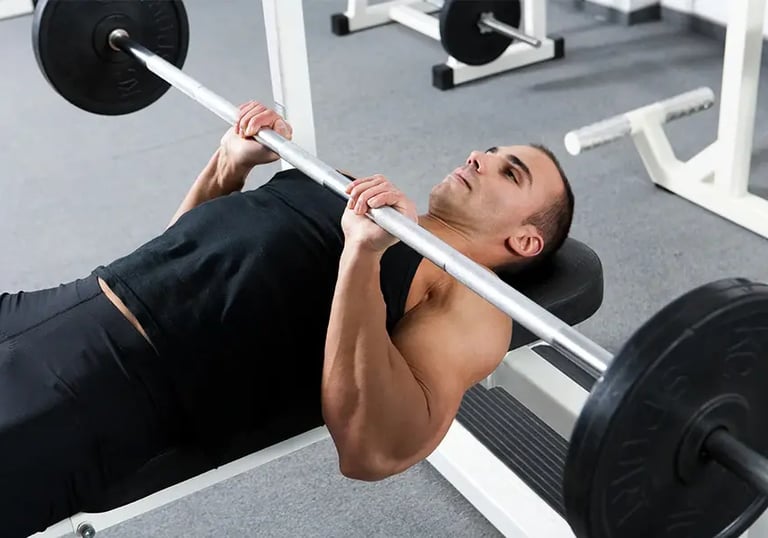

Reverse-Grip Bench Press
With palms facing upward, this targets the upper chest and triceps uniquely, while reducing shoulder stress and offering a different pressing angle for muscle growth.
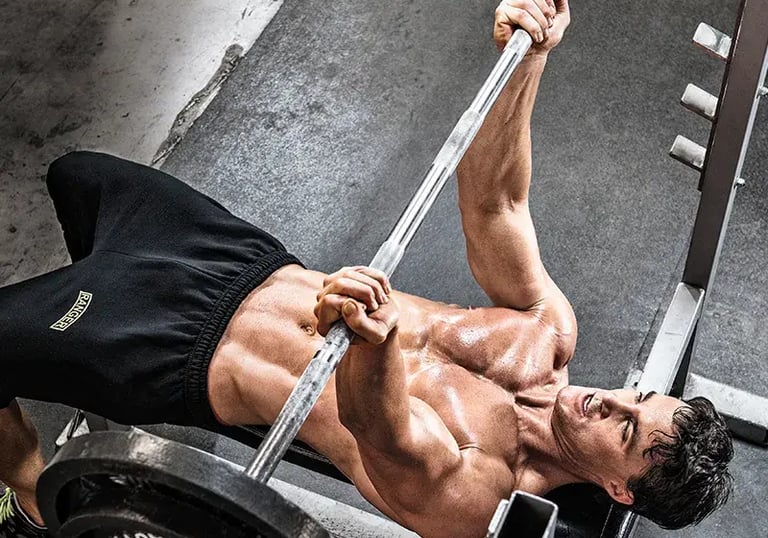

Spoto Press
Pausing the bar just above the chest builds control, tension, and strength at sticking points, improving power and stability for traditional bench press performance.
Performed lying on the floor, it limits range of motion, protects shoulders, and strengthens triceps by focusing on the lockout portion of the lift.
Floor Press
